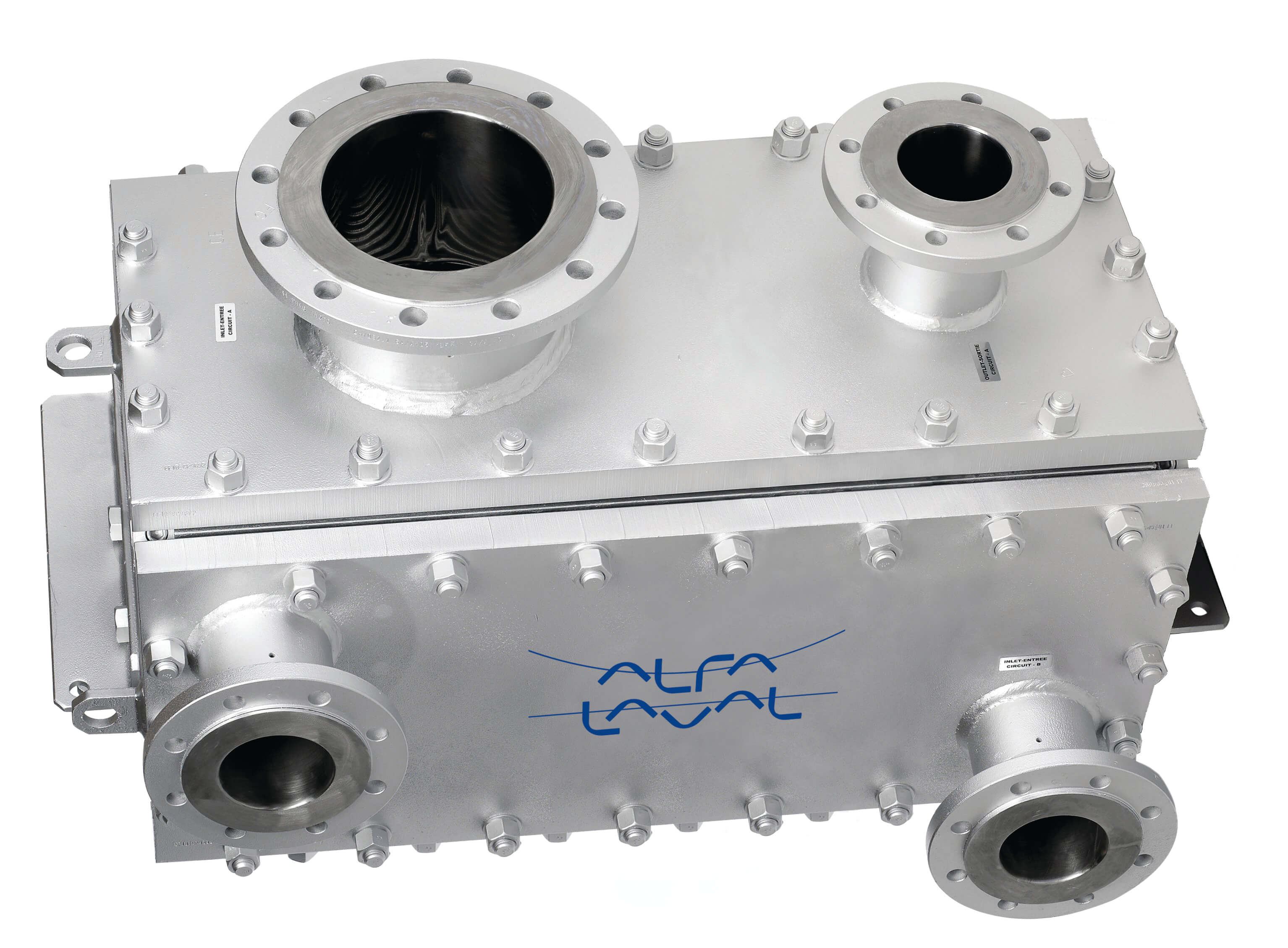Compabloc is the solution to the big water challenge in pharma industry
Drawing on more than 25 years of experience and expertise in application engineering, Alfa Laval´s pharmaceutical expert Patrik Arvidsson has world-class insight when it comes to reflecting on the past, present and future in the sector. Patrik has no doubt that while product safety will always be the number one driver when it comes to the technology behind the medicines, providing solutions that also deliver substantial water and energy savings are becoming increasingly sought-after in an industry that incorporates many heating, cooling and cleaning duties.
DATE 2025-10-23
“In the pharmaceutical industry they like to challenge and test you because they want to have the trust and reassurance that they are partnering up with an expert. That might have been tricky for me 25 years ago, but I am probably more up to it now!”
Patrik notes that the reluctance to change comes from that focus on safety, and that his job is often to convince customers that Alfa Laval’s equipment will allow absolutely no compromise on that front, while bringing significant benefits in other areas, especially with regard to water saving. This is an area he sees becoming increasingly important, to the point where it will soon become critical to successful and profitable operations. “The reality is that water is getting scarcer, and we will get to a tipping point where countries will need to make decisions about what the supplies get used for,” says Patrik.
Patrik joined Alfa Laval in Lund back in 1998. “In this environment, the importance of circularity within pharma gets ever more important, and Alfa Laval is uniquely positioned to deliver – there is no other business that can touch us when it comes to technology that saves on water in this sector.”
In the Compabloc, Alfa Laval has developed a compact condenser with very high heat transfer efficiency that has been specifically designed for the pharmaceutical industry. It meets the high hygienic requirements of modern API production, with no crevices or dead spots, and full drainability and ease of inspection. The hygienic design, high performance, low operating costs, and simple installation work together to deliver patient safety, dependable uptime, and efficient production — all while achieving significant water savings. The condenser uses corrosion-resistant materials, and its compact size makes it perfect for retrofitting, which means lower operating costs when it comes to cleaning.
The wide free-flow channel results in a very low pressure drop making it ideal for deep vacuum condensing duties, while the turbulent flow on the cooling media side optimizes the heat transfer, minimises scaling and facilitates CIP (cleaning in place) to remove it. The figures around this high performance are compelling. At one customer the Compabloc condenser was used to heat water for distict heating. Based on customer data, it can have a payback time of less than three months, save 180,000 m3 of cooling water every year, increased heat recovery by 4 million kWh and cut CO2 emissions by 1,800 tonnes.
“A great strength and selling point of the product is that when it is installed, the pharmaceutical customer doesn’t have to do anything different or need any specific support,” says Patrik. “It has the same mode of operation that they have already been using, but smaller and better.
They don’t have to change anything in their procedures which is very important so it doesn’t need any revalidation or require the authorities to check it. “I always say to the customer that this equipment is safer and easier to clean, so just stick to the same procedures and you will do fine. It is not very complicated to install, operate or clean and in a process where equipment needs to be cleaned between batches, this is a huge benefit.”
Ensuring regulators are satisfied with the equipment is a key driver of any customer decision when investing in new technology.
Patrik understands the concern, yet he also sees an evolving approach from organisations such as the FDA (Food and Drug Administration). “We are seeing that the FDA and other regulatory authorities are actually saying to pharmaceutical companies that they want them to change, and to not be so conservative when it comes to looking at new technology that saves on water and energy,” he says.
Looking ahead, Patrik is gearing up for a busy time as the demand for Alfa Laval’s water-saving expertise and technology grows, but he is relishing the task ahead and the opportunity to talk to customers old and new.
“Working in pharmaceuticals is so much about trust and building good relationships with customers,” he says. “It is very important to have face-to-face discussions and talk about everything that is going on in and around the industry and beyond not just trying to sell the product.”
Highlighted Technologies

Compabloc Free Flow
Alfa Laval Compabloc Free Flow is a compact condenser with very high heat transfer efficiency specifically designed for the pharmaceutical industry and the high hygienic requirements of modern API production. The hygienic design, high performance, low operating costs and easy installation combine to ensure patient safety, reliable uptime and production efficiency.

Patrik Arvidsson, Senior Specialist Pharma, Food & Water Division
“It is traditionally a very conservative industry but also one that does waste a lot of water and energy. For example, producing one liter of purified water or water for injection can require about 50 liters of potable water. Alfa Laval can make a huge difference to save precious resources in this industry.”
